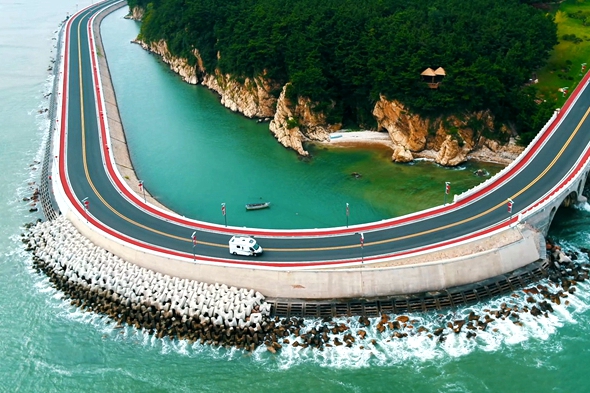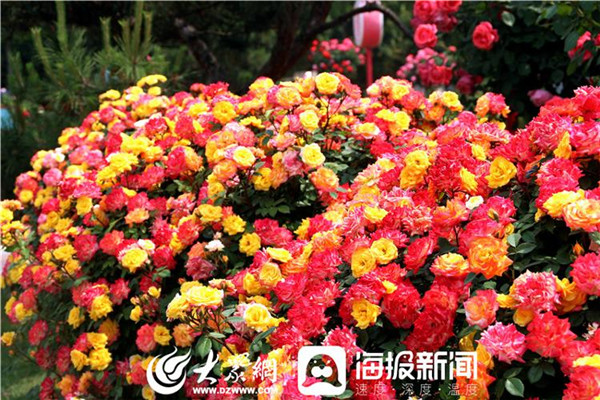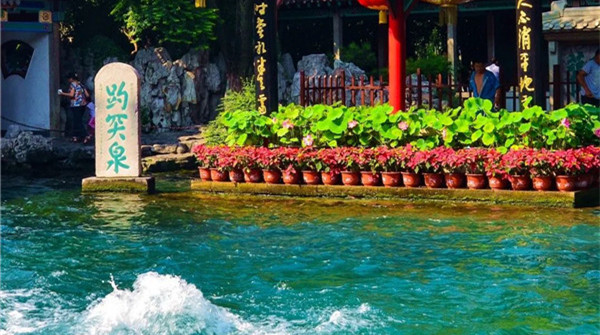Arts industry thrives in painting city
The Shandong city of Weifang is drawing on its rich cultural resources and strong arts scene to boost the development of its painting and calligraphy industry.
Weifang hosts thousands of painting and calligraphy exhibitions and auctions annually and was named China's Paintings City by the Chinese Painting Institute last April.
"Weifang has become a famed art center for painting and calligraphy works creation, display and trading," Liu Dawei, chairman of the China Artists Association said at a national painting and calligraphy fair in Qingzhou, part of Weifang, last month.
|
A group of Weifang residents perform story-telling tambourine songs, a traditional folk art of the Manchu ethnic group. Wang Qian / China Daily |
|
At this year's Chinese Painting Festival, more than 1,000 art works are on display in Qingzhou. Ju Chuanjiang / China Daily |
The annual fair showcased more than 2,000 paintings and calligraphic works by Chinese contemporary art masters.
"The fair will play a more and more important role in revitalizing Chinese traditional art and making Chinese paintings flourish in overseas markets," he said.
Since 2010 the Chinese Painting Festival has been held every year and overall transactions at the event totaled 2.86 billion yuan ($467.04 million).
This year's festival displayed more than 10,000 paintings and calligraphic works in a 45,000-square-meter exhibition area and featured 10 sections, including one for overseas famous Chinese paintings.
The event also showed classic paintings by 60 council members from the Chinese Painting Institute. These included one unique piece that stretches 220 meters in length and stands 1.45 meters tall named The Great Yellow River, which was created by more than 30 artists throughout the course of a year.
"Endowed with rich historical and cultural legacies, Weifang has a good cultural and art ambience," said Chu Baojie, head of the city's publicity department.
The city has fostered numerous famous artists since the Tang and Song dynasties (618-1279), including Zhang Zeduan, a painter during the Northern Song Dynasty (960-1127) who created the famous scroll painting Riverside Scene at Qingming Festival. Today the city still has thousands of professional painters and more than 10,000 amateur ones.
Weifang is home to more than 2,000 art galleries, which hold thousands of exhibitions of paintings, calligraphic works and other artworks annually.
The city is also a trading hub for paintings and calligraphic works in North China, Chu said. More than 3 million art works are sold in the city every year, which brings in more than 12 billion yuan in revenue.
Nine art markets have been established in Qingzhou, an area in Weifang city, alone, and they generated about 10 billion yuan in combined revenue last year.
"Common people also tend to collect paintings and calligraphic works in Weifang and see it as a good way to pursue spiritual life," said Fu Xiaoquan, owner of a local art gallery.
"Another bonus is that it may be a perfect investment as the Chinese painting collection market heats up," said Fu, whose gallery now sells as much as 100 million yuan worth works annually.
Due to the government's emphasis on the industry, more than 4,000 culture-related enterprises have settled in Weifang, and their combined capital surpassed 40 billion yuan. They have invested in construction of cultural and creativity parks, as well as painting exhibitions and creation bases.
Beijing's Poly International Auction Company and Rongbaozhai Art Store, one of the most influential auction houses in China, is building branches in Weifang, said Chu. He added that the city fostered a complete art industrial line ranging from works creation and exhibition to evaluation, auction and trading.
Contact the writers at juchuanjiang@chinadaily.com.cn and wangqian2@chinadaily.com.cn
(China Daily 10/17/2014 page18)

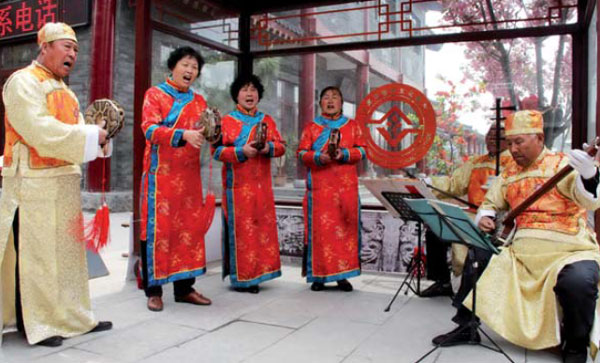
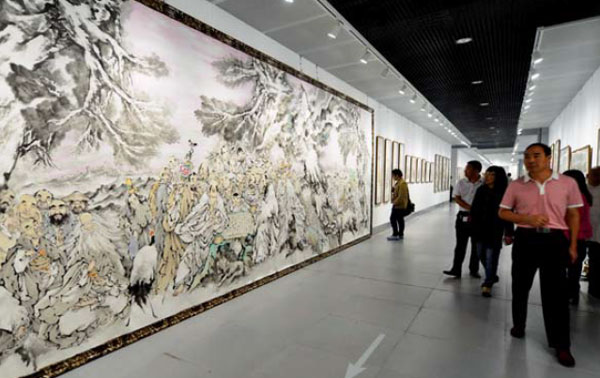
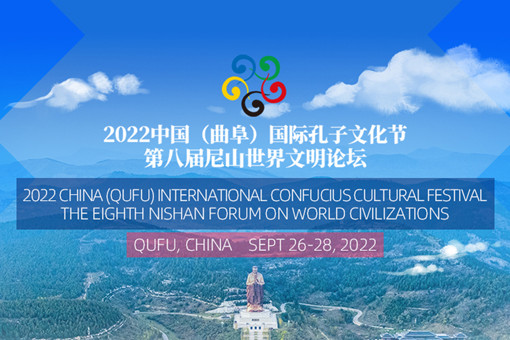 Nishan Forum on World Civilizations
Nishan Forum on World Civilizations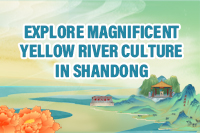 Explore magnificent Yellow River culture in Shandong
Explore magnificent Yellow River culture in Shandong